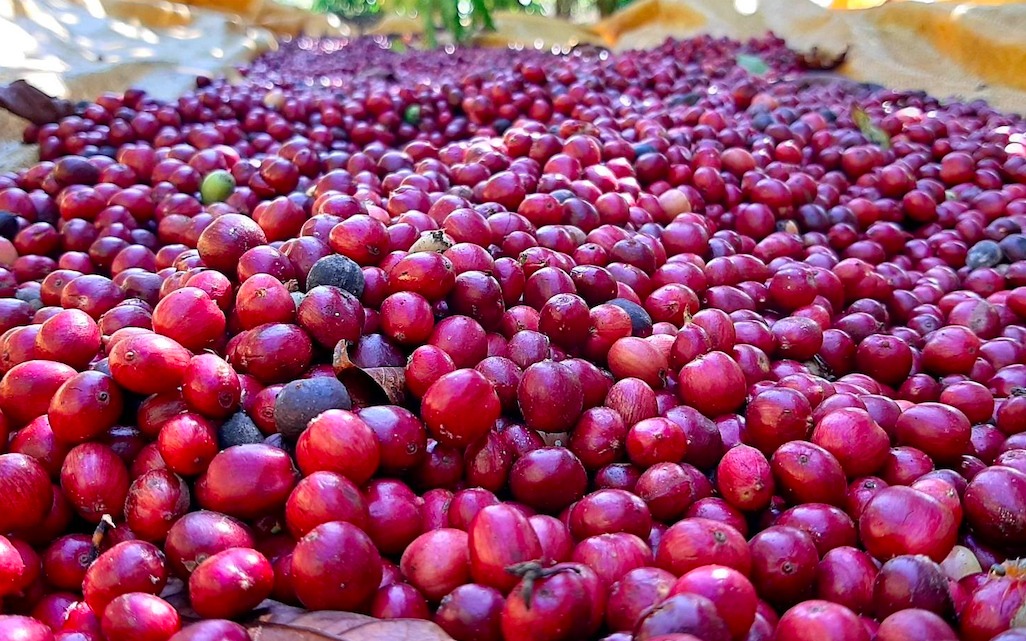
Coffee export turnover in crop year 2022 - 2023 reaches highest level ever
Big win this year
This afternoon, November 10, the Vietnam Coffee and Cocoa Association (VICOFA) held a conference to summarize the 2022-2023 coffee crop year in an exciting spirit. At the end of the 2022-2023 crop year (from October 2022 to September 2023), Vietnam's coffee exports reached 1.66 million tons (about more than 27.7 million bags, 60 kg/bag), down 4.5% compared to the 2021-2022 crop year. However, the revenue still increased by 3.4% to 4.08 billion USD thanks to high prices. This is a record high turnover in all crop years so far, the average export price of Vietnam's coffee reached 2,451 USD/ton, up 5.5% compared to the previous crop year.
Regarding green coffee exports alone, the top 10 enterprises in terms of green coffee bean export volume in the 2022-2023 coffee crop year are: Intimex Ho Chi Minh City, Vinh Hiep, Simexco Daklak, Intimex My Phuoc, Louis Dreyfus Vietnam, NKG Vietnam, Phuc Sinh, Tuan Loc Commodities, Tay Nguyen Goods Trading and Olam Vietnam. Regarding the export of roasted and ground instant coffee in the 2022-2023 coffee crop year, the top 10 exporting enterprises in terms of turnover include: Outspan Vietnam, Ngon Coffee, Nestlé Vietnam, Trung Nguyen Group, Tata Coffee Vietnam, URC Vietnam, Peak Selection, Instanta Vietnam, Iguacu Vietnam and Sucafina Vietnam.
10 largest coffee import markets of Vietnam
In the 2022-2023 crop year, Germany is leading with nearly 219,000 tons, Italy is 2nd with more than 156,000 tons, the US is 3rd with more than 143,000 tons, Japan is 4th with nearly 112,000 tons, Russia is 5th with nearly 107,000 tons, Spain is 6th with more than 100,000 tons, Belgium is 7th with 73,000 tons, Algeria is 8th with more than 64,000 tons, Mexico is 9th and China is 10th with more than 44,000 tons.
The high price of Vietnam's Robusta coffee is mainly due to a sharp decrease in output. After many years of struggling at rock bottom prices, farmers have become discouraged and have switched to growing higher value crops such as durian and other fruit trees. According to a report by the Ministry of Agriculture and Rural Development, the total coffee area in the country is about 710,000 hectares, of which 653,000 hectares are being harvested, with an output of 1.845 million tons and a yield of 2.82 tons/ha. The area and output have shrunk, the inventory of the old crop transferred to the new crop is the lowest in years, and many supply and demand factors have pushed coffee prices sky high.
Continue to win big next year thanks to... durian?
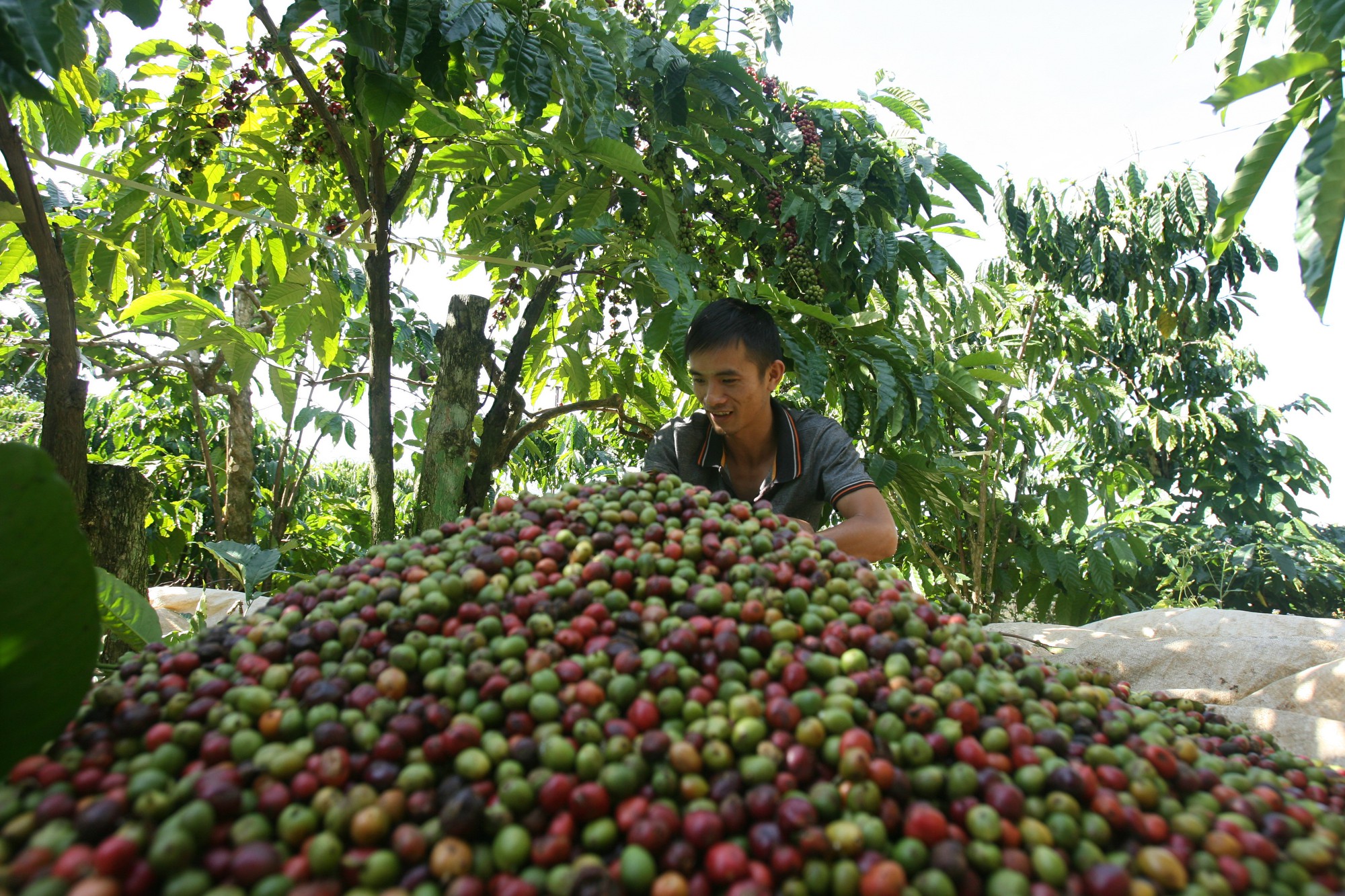
Coffee production area in crop year 2023 - 2024 is also forecast to continue to decrease.
It is no coincidence that durian was mentioned in an important role at the coffee industry meeting. Mr. Do Ha Nam - Vice President of VICOFA shared: "I just had a market survey in China. There, people consider Vietnamese durian as a rare specialty. Previously, this market used Thai durian, but compared to Vietnamese durian, we have the advantage of picking it from the garden and then transporting it straight to the border, to the markets, while Thai durian is farther away so it takes time to transport and preserve. In the country, people are getting rich from durian so they are very excited, the future is unknown but at least in the next few years, durian trees will still have an advantage over coffee in the Central Highlands, that is why the area and output of coffee are unlikely to increase, and thanks to that, we can still maintain high selling prices".
At the conference, one of the issues that exporters were concerned about was the European Commission's Deforestation and Forest Degradation Regulation (EUDR). According to this regulation, 7 items including coffee, cocoa, palm oil, soybeans, livestock, wood, rubber and related processed products such as: wooden furniture, tires, frozen meat, printed products... will not be allowed to be imported into the EU market if the products are grown on deforested land from December 31, 2020 onwards. From December 2024, it will be officially applied to large corporations and from June 2025, it will be officially applied to small and medium enterprises.
This regulation is considered a barrier for imported goods into the EU, including Vietnamese coffee. However, the Board of Directors as well as many exporting enterprises believe that with its position as the world's leading coffee exporter, the supply is increasingly narrowing and the demand for Robusta is increasing, Vietnamese enterprises can proactively exploit other markets and even create pressure for the EU to adjust its imposed regulations.
Meanwhile, another positive sign is that domestic coffee consumption has grown strongly in recent years. In the period 2015 - 2020, the average growth rate was 3.94%/year. The total amount of coffee consumed domestically increased from 158,000 tons in 2015 to 220,000 tons in 2022. Per capita consumption increased from 1.7 kg in 2015 to 2.2 kg in 2022. Domestic consumption is forecasted to grow at an average rate of about 6.6%/year in the period 2025 - 2030. By 2025, domestic consumption will reach 270,000 - 300,000 tons/year. According to the F&B market report (food and beverage in Vietnam conducted by iPOS), by the end of 2022, Vietnam will have 338,600 restaurants/cafes, in the period 2016 - 2022 with an annual growth rate (CAGR) of about 2%, compared to 2019 (before the Covid-19 pandemic), the market has had 18,000 new restaurants/cafes. Thus, the coffee export industry has more conditions to maintain its position and proactively supply and demand to bring in the highest value.
Source link






























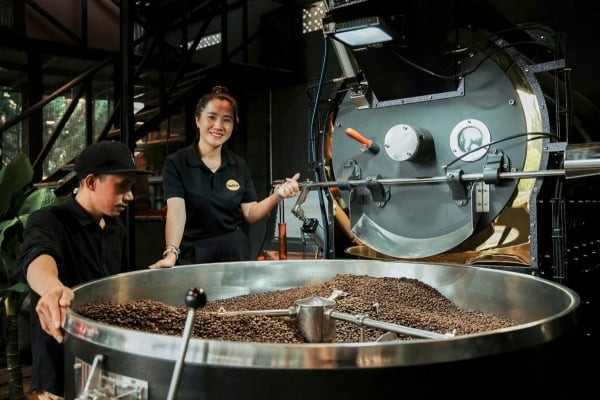

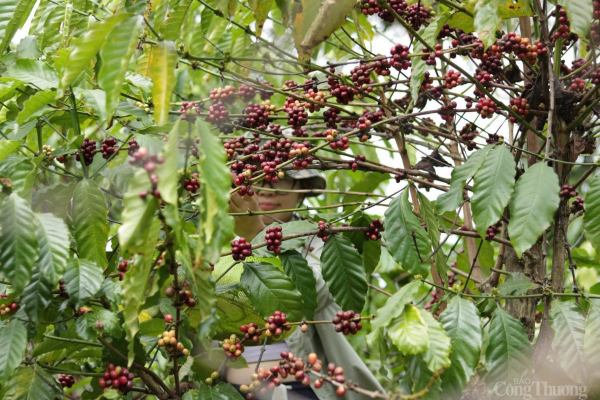
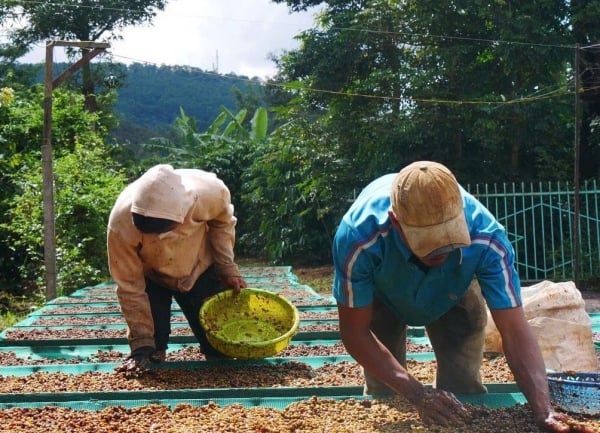
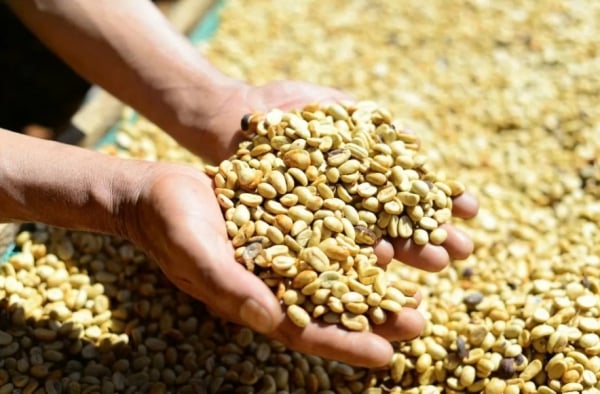
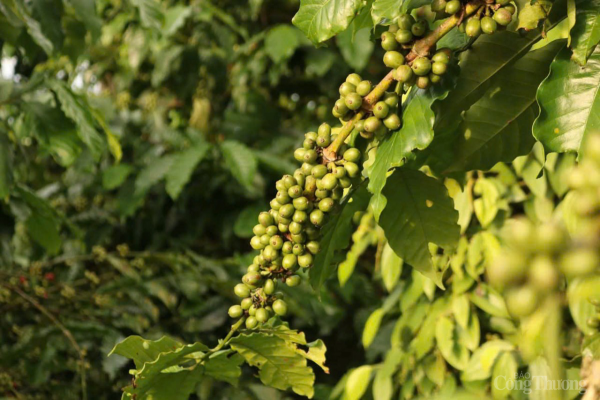
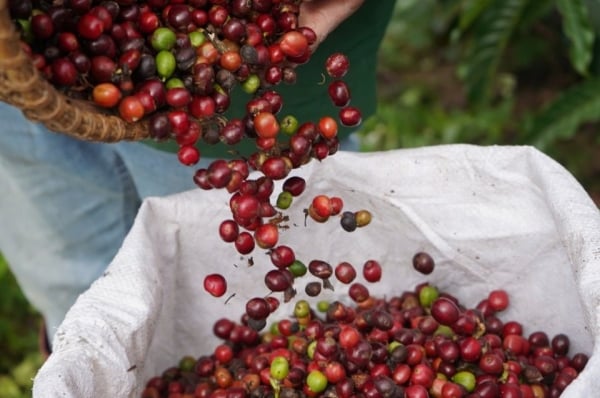
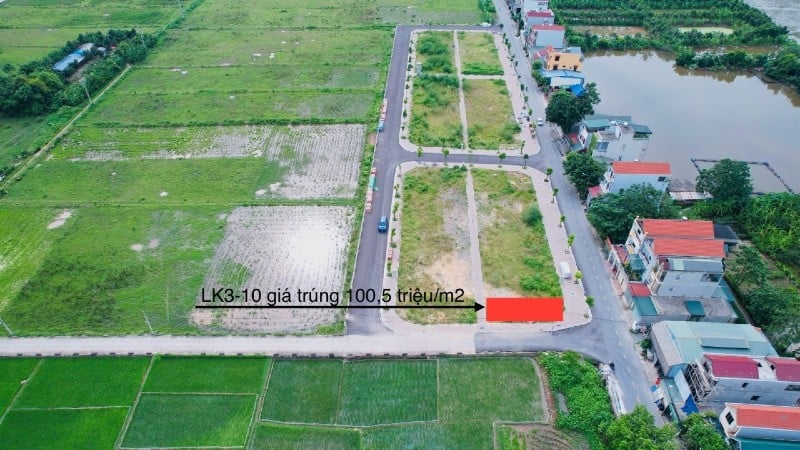




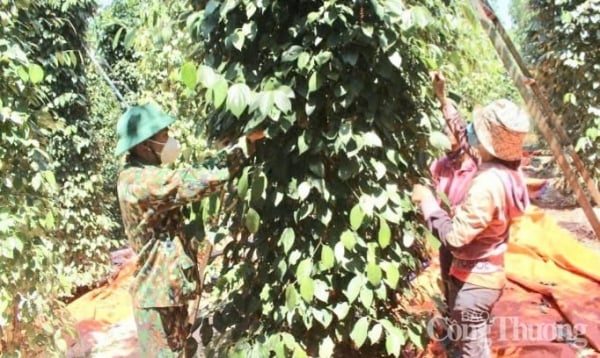



















Comment (0)